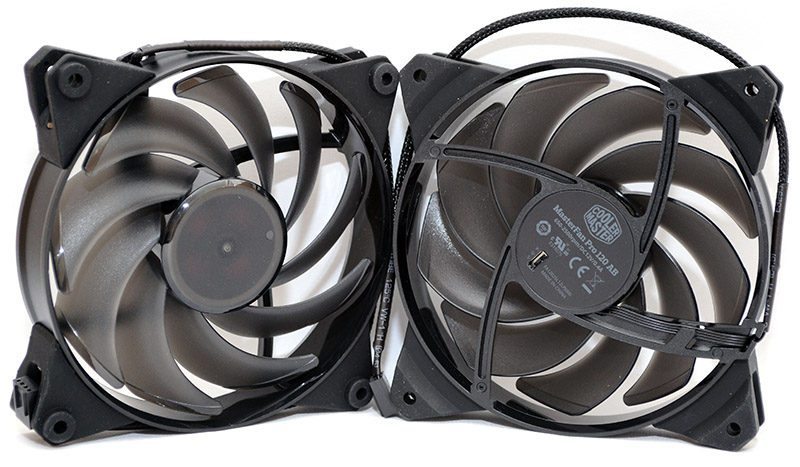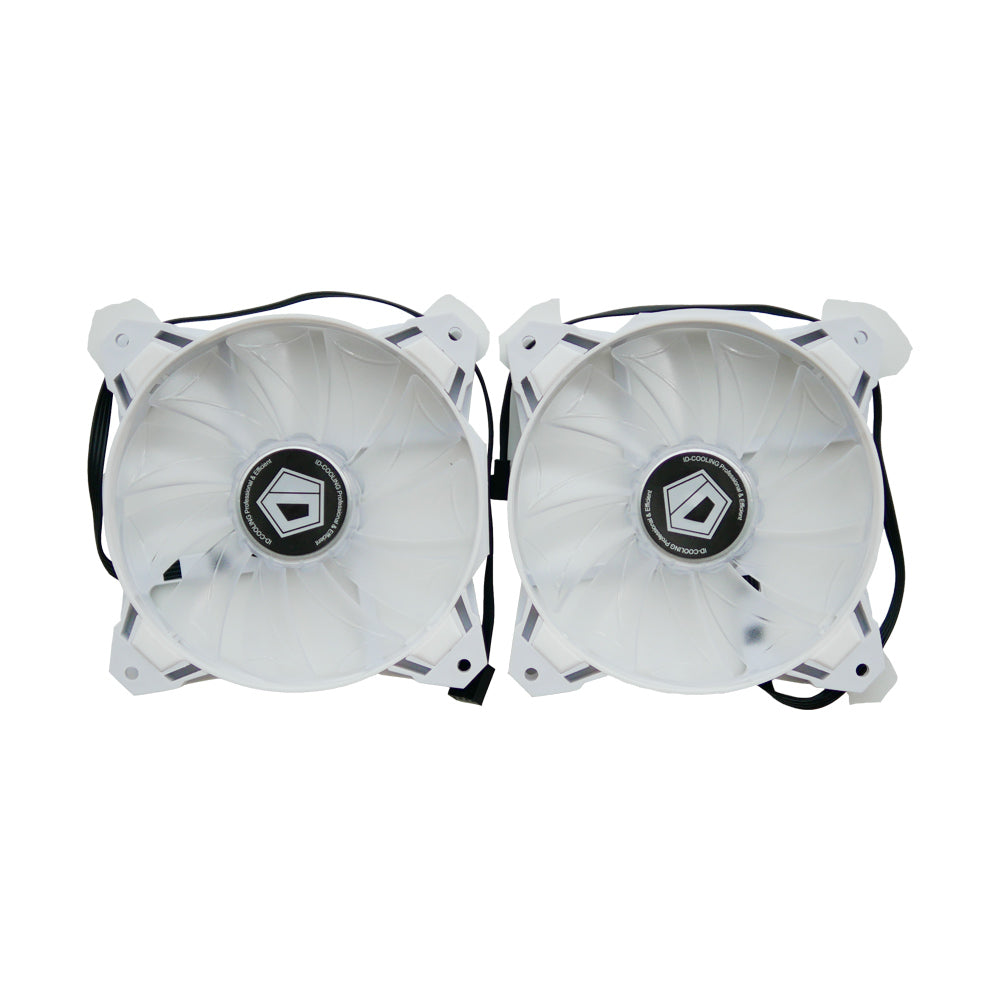

We realized that traditional water cooling isn't meant for everyone despite the performance of such systems. Xigmatek had a few considerations when creating this product:
#Aio cooler carry on Pc#
However, I would like to present another point of view for your consideration that is, the point of view from most average PC users who do not possess the skills or knowledge that many of us take for granted. I will admit that this product won't necessarily appeal to the hardcore user because it does not possess the highest performance. As such, it is also sometimes too easy for us to become jaded about products such as our AIO-S80DP cooler especially when they don't meet our very high standards. However, I also know that people like ourselves make up the top 10 percent of PC users who really know all the ins and outs of PC hardware. I started reading this site when it first came online and have been a regular reader since. We take user comments seriously because we care about what our customers or potential customers think.

mikelimtw - Thursday, Jlink First off, I would like to thank everyone who has taken the time to weigh in on the product, be it positive or negative.POST A COMMENT 26 Comments View All Comments Are these self-contained water systems as quiet as they claim to be? With these questions in mind let's take a closer look at these two all-in-one water coolers. Water cooling is also well known for the low noise levels exhibited by many of the better water cooling systems.

We will find out if they can in our comparison to the top air coolers tested at AnandTech. That concept is certainly intriguing, but the larger question is whether these new self-contained water coolers can give the best air coolers a run for their money. They mount just like a heatpipe tower and are a one-piece, no-maintenance, no-risk water cooling system. These two units cannot even be recognized as water cooling systems. The idea of the self-contained water cooling is to make water cooling simpler. The Evercool is a bigger self-contained water system, but it still had no problem fitting our tight EVGA 680i motherboard. The Evercool Silver Knight, or WC-601, is based on a similar concept, but with an external water pump and fan, instead of the internal units as used on the Xigmatek. The water system is sealed, and the radiator, pump, fan, heatpipes, and fins are all together in a package about the size of a heatpipe tower. The water systems are usually complicated, somewhat difficult to install, and plagued with the fact that water and electricity don't play well together, so a leak can destroy a computer system. There are many high-end water cooling solutions with water-filled tubing that runs from CPU blocks to radiators for cooling and reservoirs for storage, and pumps for moving the liquid. Water is a much better thermal conductor than air and it is theoretically a better cooling vehicle. Water cooling is normally considered superior to air cooling because water can normally hold low temperatures for a longer period of time than air. This is why they are referred to as sub-ambient cooling. The water temperature cannot drop lower than the room temperature, where TEC and phase-change can actually chill below the ambient temperature. Water cooling is another ambient cooling method, like air cooling. Several new "self-contained" water coolers have shown up over the past few months. Since then we have reached 3.90 to 3.94GHz with several of the top air coolers, but we have not looked at more hybrid coolers - until today. While the Monsoon did very well in overclocking it did have a higher noise level than we care for, the result of the TEC switching on and off coupled to a fan that buzzed as it was turned on and off with the TEC. The Monsoon did very well in overclocking, and is still the highest overclocking cooler we have tested, reaching 3.96GHz with the standard Core 2 Duo X6800 in our OC tests. One of the first coolers evaluated at AnandTech was a combination of air cooling and TEC (Thermal Electric Cooling) called the Vigor Monsoon II.


 0 kommentar(er)
0 kommentar(er)
